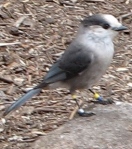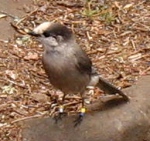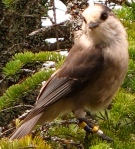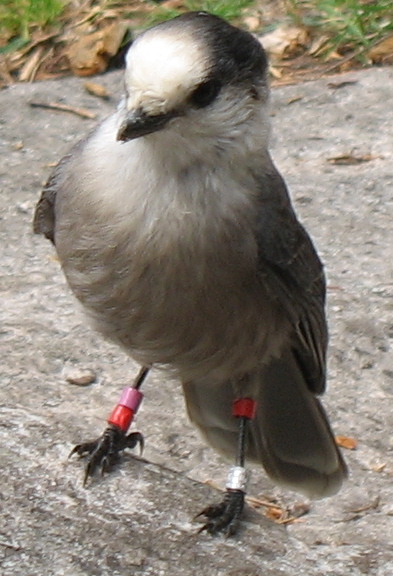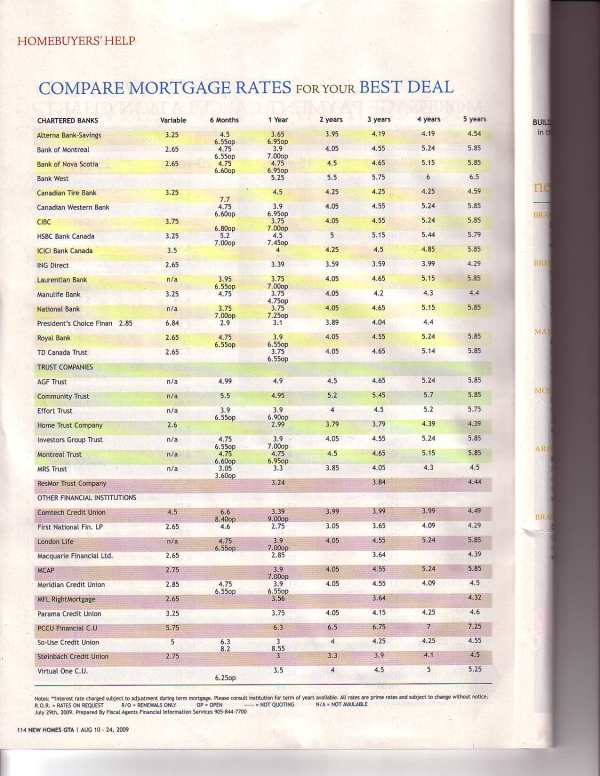CACTI Template Hashes – What I learned.
In keeping with the whole human knowledge belongs to the world idea, here’s a primer for creating CACTI templates using a CLI method that should enlighten and save hours and hours and hours.
Learned lesson: Don’t fully use random 32 character MD5 for hash, you’re bound to run into duplicates. Drop the tail by 4 characters and append a universal counter++ ( 9999 unique serials using digits [0-9] ). Also, probably dropping another 2 characters somewhere and inserting a 2-digit hex job-batch number will also help avoiding duplicates in an installed system.
Here’s some code to generate hashes, but strict warning, hashes must be system-wide unique. I urge you to use the code loosely, then chop the end off and add your own serial number.
http://code.google.com/p/mysql-cacti-templates/source/browse/trunk/meta/unique-hashes.pl?r=164
Learned lesson: Data Source names must begin with a letter, not a number. So if you’re going to define them in a calculated fashion, you must place a character in front. Otherwise everything breaks.
Learned lesson: Cacti graph export is broken. It is erroneously generating <items> hashes under <hash_090021>. This led to crazy frustration when trying to figure out the templates, but you must map a data source to the graph item.
Learned lesson: the keys you provide to the script that creates the template (also used to name graphs, etc.) should never contain a “less-than” or “greater-than” ( < > ) sign, as this will screw up XML processing when you go to import the script.
Learned lesson: template files larger than 2 MB have either be copy and pasted into the import field text box, or you will have to modify the /etc/php5/apache2/php.ini file to allow uploads greater than 2M or POSTs greater than 8M (defaults).
Definition order and sub-order:
<hash_000021
<hash_100021
<hash_090021
<hash_010021
<hash_080021
<hash_030021
<hash_070021
<hash_150021
<hash_060021
A whole bunch of cross-reference, but it’s easy to see how a template gets generated with one that is easy to study (for example, DNS_BIND stuff).
Template Hashes:
Syntax example:
<hash_100021720f4065c62dee0244cab9d7b3fae14e>
Always there.
Item type
Version 0x21 of cacti
32-bit hash, random, unique.
Item types:
| Graph | 0000 |
| Graph.item | 1000 |
| Graph.item.taskitemid | 0800 |
| Graph.item.gprintid | 0600 |
| Graph.input | 0900 |
| DS | 0100 |
| DS.datainputid | 0300 |
| DS.item | 0800 |
| DS.datainputfieldid | 0700 |
| RRA.item | 1500 |
A Quick rundown on the History of Apple Processors
This article is written for a friend of mine who needs the run-down on what’s been going on with processors and Macs.
1) First Macs had motorola “68k” processors in the old days (until 1995 or so). 68000, 680020 030 040 etc…. This was back in the day when speed in MHz meant everything. This processor was also used for other types of computers (Amiga) that had a similar user interface.
2) Then the introduction of “PowerPC” processors in 1996. These were at first 32-bit processors that didn’t just push the MHz envelope, they actually changed the architecture of the microchip to make it “smarter”. I’ll never forget the name: RISC (reduced instruction set computing). Eventually MacOS and programs used the 64-bit architecture in 2002.
There were some growing pains with the change in processors that are paralleled with what’s going on today. Mostly related to “bloated” software. Imagine an program carrying the “computer language” for both types of microprocessors (68k and PowerPC) at the same time. This was known as a “FAT binary” (get it? Bloated, fat!) Also, any software written for the old style of processor could be run on the new processor in something called “emulation mode”. This made it chuggy, slow, and almost unbearable. Eventually, software makers dropped the old code instruction part, adopted the new architecture as king, and things became much skinnier, faster, and simpler.
3) After this in 2005 apple said “holy shit, we’re going with Intel”, which was a smart move cause intel processors dominate. Now the apple processor of choice is the EXACT same thing you can buy for your PC. The stats about speed and processor generation. So you want to know what’s happening with processors in the Mac? Follow the intel processor lineup for PCs.
The processor used in 2006 was the “intel Core Duo”. Again, as in 1996, programs had to be distributed to run on both intel and non-intel platforms. Yuck. They have an “emulation mode” similar to the previous change in architecture, but again, slow, fat, and awful.
When evaluating the new intel lineup, architecture is king, *then* speed. Core Duo was actually a laptop processor designed for limited power consumption (in watts). Then intel released a new lineup called “Core 2”, of which there was a “Core 2 Duo” (meaning second revision of the core, and “dual” cores on a chip). All that’s trash now. Intel’s “Core 2” is retired. The new lineup is called the Core i series.
Core i3 – entry level
Core i5 – mid level
Core i7 – Kickass
Core i7 Extreme – “Now we’re all sons of bitches.”
The one thing that binds the “ Core i “ appears to be something called “Nehalem” architecture. The name is native American tribe from Oregon. The bottom line is two, four, or six cores (holy shit), newer manufacturing process, new memory controller, intregrated graphics processor package, new bus-types, and a very special type of memory called “L1,2,3 cache” in the amounts of 32KB L1 per core, 256KB L2 per core, 4-8MB L3 shared by all cores. It’s lower power consumption, but none-the lacking in terms of performance.
Handy UNIX Commands – An Ongoing Collection
Mostly solaris, probably similar on other *nix sytems….
Disk Stats
$ iostat -xnct 5
tty cpu
tin tout us sy wt id
3 42 45 1 0 54
extended device statistics
r/s w/s kr/s kw/s wait actv wsvc_t asvc_t %w %b device
0.4 3.8 11.6 23.5 0.0 0.0 2.1 1.1 0 0 c1d0
0.0 0.0 0.0 0.0 0.0 0.0 0.0 0.0 0 0 c0t0d0
tty cpu
tin tout us sy wt id
187 180 54 4 0 43
extended device statistics
r/s w/s kr/s kw/s wait actv wsvc_t asvc_t %w %b device
0.8 6.4 5.0 80.2 0.0 0.0 0.1 1.1 0 1 c1d0
0.0 0.0 0.0 0.0 0.0 0.0 0.0 0.0 0 0 c0t0d0
tty cpu
tin tout us sy wt id
14 277 50 1 0 49
extended device statistics
r/s w/s kr/s kw/s wait actv wsvc_t asvc_t %w %b device
0.0 1.4 0.0 12.8 0.0 0.0 0.1 0.3 0 0 c1d0
0.0 0.0 0.0 0.0 0.0 0.0 0.0 0.0 0 0 c0t0d0
UPDATE – Tracking Bands on Gray Jays in Algonquin Park
A response from Mr. Dan Strickland
Read the first post here: https://realworldnumbers.wordpress.com/2009/09/02/tracking-bands-on-gray-jays-in-algonquin-park/
Hi Justin,
The jays Mr. Best photographed are members of the Arowhon family group who nest south of Arowhon Pines between the Arowhon road and Joe Lake (north of the old track). There may have been 5 birds in the group but his e-mail showed only three separate birds. ROSLPORR (Red Over Standard Left, Purple Over Red Right) was a nonbreeding extra attached to the breeding pair from fall 2008 up to the 2009 breeding season and is obviously still there. YOBLYOSR (3 photos of the same bird; Yellow over dark Blue Left, Yellow Over Standard Right) is the breeding male on the Arowhon territory and he is at least 13 years old. The third bird photographed is POSLTOTR (Purple Over Standard Left, lighT blue Over lighT blue Right) although I admit it looks very much like POSLWOWR (two white bands on the right leg instead of light blue). That bird was banded as a nestling in the 2009 Arowhon nest this past May 2nd.
Mr. Best says there were 5 birds and that he has other reference photos so I am asking him by copy of this e-mail to see if he can see any other colour band combinations and, if so, if he could forward the photos. I expect there should have been at least one other bird (the old or a replacement breeding female; last spring it was GOSLKOOR, namely dark Green Over Standard Left, pinK Over Orange Right). Also, if Mr. Best was not confused by the comings and goings of 4 birds, there should be yet another combination as well to make up his reported total of 5 different birds.
Thanks for sending this report and the photos to me and I look forward to any other information and photos Mr. Best may have.
Dan
Here’s the original gallery of crops… I need to make some more. Some may not be so clear.
Tracking Bands on Gray Jays in Algonquin Park
We were enjoying the quiet of the lake when they descended on our campsite all-together.
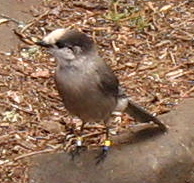
The exact coordinates of our campsite were 45.589433N by 78.7138W on August 28, 2009 @ 13:28 EDT.
I wrote around and finally got ahold of Justin Peter with Algonquin park… he writes:
Thanks for your message, which was forwarded to me for reply. These jays are part of Dan Strickland’s 30+ year study of gray jays along the Highway 60 Corridor. We are always interested in their whereabouts and social organization. But I can’t tell you much about these specific birds without knowing the combination of coloured bands. Can you please send images (< 300 kB) of the bands? Were all 5 birds together or were they seen in different groups? It would help to have that information also. I’ll await information from you.
Can’t wait for the update!
Voyager: Un-frickin believable
24 hour round trip for messages to and from the Voyager space probes. NASA is still communicating with them… here’s the latest update on June 26, 2009!
Command Transmission & Verification Operations
Voyager 1 command operations consisted of the uplink of a Command Loss Timer Reset on 06/24 [DOY 175/1650z]. The spacecraft received the command.
Voyager 2 command operations consisted of the uplink of seven bracketed Command Loss Timer Resets sent on five-minute centers using 1.0 Hz steps on 06/22 [DOY 173/1442z]. The spacecraft received two of the seven commands sent.
NASA is sending retard-ese for an instruction set, and the spacecraft are still lucid enough to know they just peed their pants!
There just ain’t much you can coax from “grandpa” when all you got is “your timing is screwed up, please reset”, and the response is something other than “OK” 5 times out of 7.
Something else cool I noticed, is that they send in 1.0Hz steps…. probably because of the distance and speed causes an ever increasing doppler effect resulting in a “pitch” that might be too high or too low for voyager to consider intelligent signalling from earth. hmph. cool.
Canadian Mortgage Rates – Various Banks – August 2009
3 years ago, I got around 5.13% for 5 years. I guess I should have analysed the market a bit better at the time, but when buying something as big as a house, you tend to play the caution card. I liked 5.13 because it felt stable and low enough to survive whatever kind of upswing may have been coming.
Considering 5.13% of the first five years of a $300,000 over 25 year mortgage and 5% down (real mortgage amount for $285,000 ) , the amount of interest paid in the first 3 years would have been $42,533. The amount of principal would have been $18,223. Ouch.
Still, nothing happening.
I hope my blog doesn’t just sit there. Please, let me find inspiration!
Nothing is happening.
I feel lazy, and I don’t feel like updating my page for a bit.
Using AWK – print only phone numbers out of unstructured, unreliably columnised lines
Sorry about the g33ky post, but i was looking for an example of how to use awk for this circumstance. There’s probably another text-manipulation cli app to do the job, but i just wanted to use awk for this one.
Note: Solaris awk is known to be buggy. us the xpg4 version on all solaris boxes, or the “match” function wont work.
1 line of data set example:
20081210 133924638-0500 mmsrb owmmsrelay 193 46 46 Info;MMSRelayTxnLog(220/101)193:46:lc=Op ct=owmmsrelay op=MMBox_view.REQ ms=4.63 uid=114944517818131292 size=0 SrvcID=MMS AppID=”Openwave MMS Relay” AppHost=10.33.233.131 AppPort=8088 MsgID=AElADNwAEADBAC4KIe6D OrigIF=WEB RcptIF=WEB OrigAddr=”+19046219845/TYPE=PLMN” RcptAddr=”+19056219845/TYPE=PLMN” NumRcpts=1 EvTime=20081210133924 EvStatus=Success Folder=INBOX TrackID=AElADNwAEADBAC4KIe6D PeerHost=10.33.238.131 PeerPort=55476

